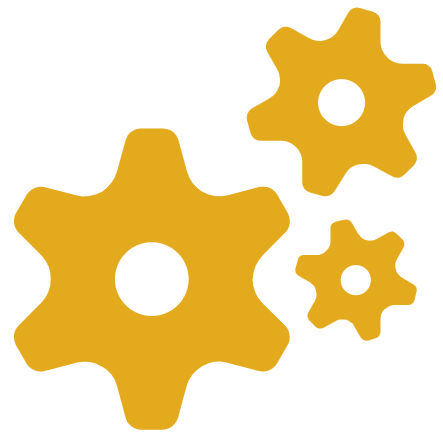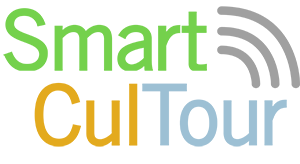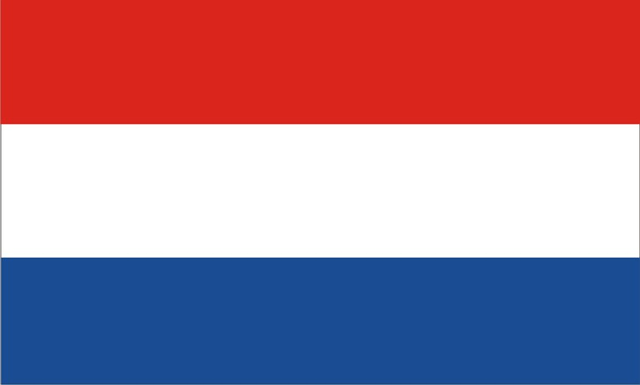The Rotterdam Metropolitan Region
 Context
Context
Rotterdam is an international world city, which has one of the largest harbours in the world and is a key port of entrance for products entering the EU. Accessibility by plane is also very good, with Schiphol Airport less than half an hour away by train.
In spite of its global outlook in the context of business and good accessibility, Rotterdam has historically received relatively few visitors. Starting from the new Millenium, this started to change. Rotterdam was named the European capital of Culture in 2001 and since the city has continued to develop. This resulted in the city being lauded in international travel blogs and magazines. In 2017 the city was listed as the capital of cool in an article by CNN and it was chosen as the host city for the 2020 Eurovision song contest. Although this did not take place due to the COVID 19 pandemic. It is set to host the event for 2021.
 Cultural tourism products, motivations and existing gap
Cultural tourism products, motivations and existing gap
The Rotterdam metropolitan region has been growing rapidly in recent years and expectations pre-COVID were that this growth would continue. The metropolitan region contains two UNESCO world heritage sites (Van Nelle Factory and the Windmills of Kinderdijk), but the main attraction is the city’s raw yet vibrant image. This fits very well with tourism trends like New Urban Tourism where tourists also are attracted by the ‘lived experience of everyday life’. Rotterdam is a highly diverse and multicultural city, which is rich in (immaterial) heritage and proud residents, who give the city a strong local but open-minded identity. Following on from this, Rotterdam city also is known as a city of events and festivals, where locals, regional visitors and tourists can enjoy a wide range of activities.
 Cultural tourism strategies
Cultural tourism strategies
Pre-COVID the expectations were that Rotterdam would continue to grow as growth rates were high. While there is still room for growth in the city, local stakeholders are very much aware of the dangers of overtourism. As such they want to seek to develop tourism in the city in a way that it contributes to the quality of life in the city. Local involvement and embeddedness are emphasized and the visitor economy, including cultural tourism, is seen as having potential to uplift economically impoverished areas. To achieve this, the city has an active tourism strategy, and the local DMO is very much active on this matter too.
 Lab goals
Lab goals
The overarching goal of this Lab is to investigate new ways to deal with increasing numbers of cultural tourists in a way that benefits the city and that fits within a future vision in which concepts are designed around a sustainably developed tourism product (i.e. a ‘flourishing’ destination). To this extent, the Lab will specifically be set up to:
- Bring together various stakeholders and use ideas of co-design and participation to create a shared vision for development of place-related heritage;
- Design new cultural tourism products, experiences and visitor flows that will enrich the city and are fit with the local way of life;
- Look at opportunities to develop new cultural tourism products that deal with ‘modern’ culture (e.g. street art, architecture, multiculturalism) and that benefit the local communities;
- Appreciate ways of organizing events and festivals that contribute to local well being in a 1,5 meter society;
- Identify existing thresholds for successful development, specifically in terms of marketing, cultural heritage supply, and accessibility.
 Activities and innovations being developed
Activities and innovations being developed
Essential Lab activities include co-design sessions, as well as workshops and digital interactions with inhabitants and entrepreneurs on a continual basis. Activities include several design-led interventions to come up with new experience design concepts, the SmartCulTour Game to help overcome barriers of collaboration, and other development ideas that originate from engagement with local stakeholders.
The Lab specifically aims to focus on ways that tourism can accommodate a flourishing city while limiting future visitor pressure and the (co)design of cultural tourism products or experiences that fit with his. A perspective on culture and heritage is adopted that goes beyond historic built urban heritage and also includes immaterial heritage and urban culture. Combining cultural products with innovative new experiences can help transform tourism to become inclusive and beneficial to residents and other local stakeholders.
Concretely, the Rotterdam Living Lab selected three neighbourhoods in the city fringe (Hoek van Holland, Afrikaanderwijk, Bospolder-Tussendijken) and via a place-based approach an action plan will be developed within the context of each neighbourhood to support cultural tourism development in line with the recognized needs and wants of local inhabitants. The report is based on five meetings per district where these interests and needs were collected. The report will be presented to the various stakeholders. The idea is that the reports contain a concrete action plan so that the ideas can actually be put into practice to stimulate cultural tourism in the districts.
 Stakeholders
Stakeholders
Rotterdam Living Lab is rooted in local networks and supported by local authorities as well as NGO’s, and local businesses, specifically: Municipality of Rotterdam, Rotterdam Partners (DMO), Rotterdam Festivals, Cultuurconcreet, Arttenders, and a number of local entrepreneurs in the different neighbourhoods. For example restaurant owners, artists and hotel owners.



